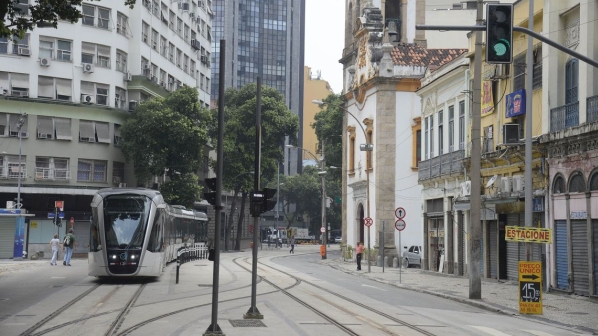The line, which shares sections of the route with lines 1 and 2, has 10 stops, including three new ones: Cristiano Ottoni-Pequena África, Camerino-Rosas Negras and Santa Rita-Pretos, which have been named in honour of African cultural icons.
“This is an investment of more than Rs 1bn ($US 249.8m) so that we have, in the city centre, a transport system that does not emit carbon dioxide and does not impact global warming,” says Rio de Janeiro mayor, Mr Marcelo Crivella.
The completion of the new line is part of the Rio de Janeiro LRT project, which includes 28km of new lines. According to the municipality, 50 million passengers have already travelled on the 32 LRVs that have been operating on the light rail network since it was inaugurated in June 2016. The new line is expected to carry more than 100,000 passengers a day during the first few months of operation.
A decree, signed on October 15, established a 10-month period during which clauses of the original contract can be reviewed by the municipality and the concessionaire. One of the points to be analysed will be the difference between the daily passenger traffic initially forecast and the actual amount recorded. The original contract stated that the city would guarantee up to 85% of the estimated 260,000 passengers per day, but the municipality understands that this number has proved unrealistic and will damage public coffers.
Because of this, a working group has been set up to present a final report by August 31 2020. Issues such as fares adjustments, 24-hour operation and the withdrawal of some bus lines in central Rio will be on the agenda to encourage greater use of the LRT network.
For detailed data on urban rail projects in South America subscribe to IRJ Pro.

